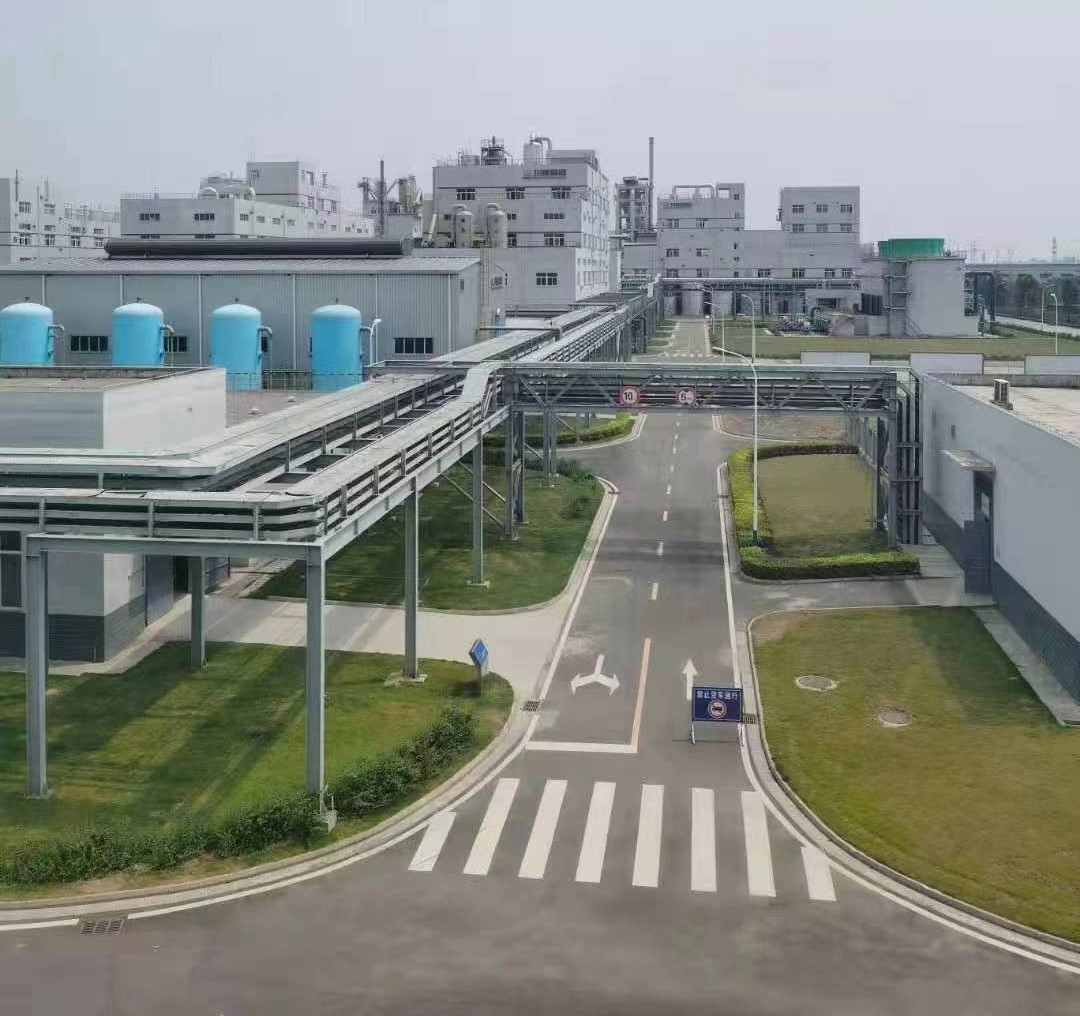Lithium hydroxide: a strategic material in the new energy era
Jul,11,25
I. Basic characteristics and production routes
Lithium hydroxide (LiOH) is a white crystalline powder with strong alkalinity (pH≈14) and hygroscopicity. It is easily deliquescent when exposed to air and reacts with CO₂ to form lithium carbonate. It exists in two forms: anhydrous (LiOH) and monohydrate (LiOH·H₂O), the latter of which is dehydrated and transformed at 100°C. Industrial production mainly uses three technical routes:
Spodumene sulfuric acid method: spodumene is transformed by high-temperature calcination and then acidified with sulfuric acid, and then causticized to obtain a lithium yield of 85%, but a large amount of waste residue is produced;
Lithium extraction from salt lake brine: for salt lakes with high magnesium-lithium ratio, adsorption or membrane separation technology is used to enrich lithium ions, and lithium chloride solution is electrolyzed to produce battery-grade products, reducing energy consumption by 30%;
Waste battery regeneration: lithium in black powder is recovered through hydrometallurgy, with a recovery rate of up to 95%, becoming the core link in urban mine development.
2. Core application areas and technical adaptability
High nickel ternary battery
Lithium hydroxide is an essential raw material for high nickel positive electrode (NCM811/NCA). Its melting point (471℃) is significantly lower than that of lithium carbonate (720℃), which can optimize the sintering process:
Reduce cation mixing and improve cycle stability;
The molten state promotes uniform mixing with the precursor and reduces surface lithium residue.
The demand for micro-powder products (particle size 3-5μm) is growing, but the carbonate content needs to be controlled to <0.35% to avoid performance degradation.
Solid-state battery and energy storage system
As a solid electrolyte precursor, it needs to meet ultra-low moisture (<50ppm) and purity of more than 99.5%. In the field of energy storage, lithium hydroxide-based batteries have become the first choice for grid-side frequency regulation projects due to their long cycle life (>6000 times).
Special industrial applications
Grease: Lithium soap generated by reaction with 12-hydroxystearic acid has better high temperature resistance (dropping point>260℃) than traditional products;
Nuclear industry: Adjust the pH value of nuclear power plant coolant (7.2-7.4) to inhibit zirconium alloy corrosion.
III. Technical challenges and green transformation
Purity control: Sodium and potassium impurities need to be reduced to ppm level, and ion membrane electrolysis and bipolar membrane technology can achieve deep purification;
Energy consumption problem: The traditional alkali fusion method consumes 8,000 degrees of electricity per ton of product, and the emerging salt lake electrolysis process can be reduced to 3,000 degrees;
Carbon emissions: Modular design + MVR evaporation crystallization technology reduces carbon emissions by 30%, which meets the requirements of the dual carbon target.
IV. Future trend outlook
With the increase in the penetration rate of high-nickel batteries (estimated to account for 60% of positive electrode materials in 2030), the global demand for lithium hydroxide will exceed 1.5 million tons/year. Technological development presents three major directions:
Raw material diversification: development of unconventional resources such as clay lithium extraction and geothermal brine;
Green process: popularization of bipolar membrane electrodialysis and waste recycling technology;
High-end products: nano-scale lithium hydroxide and low-magnetic material products (<50ppb) have become the focus of competition.






